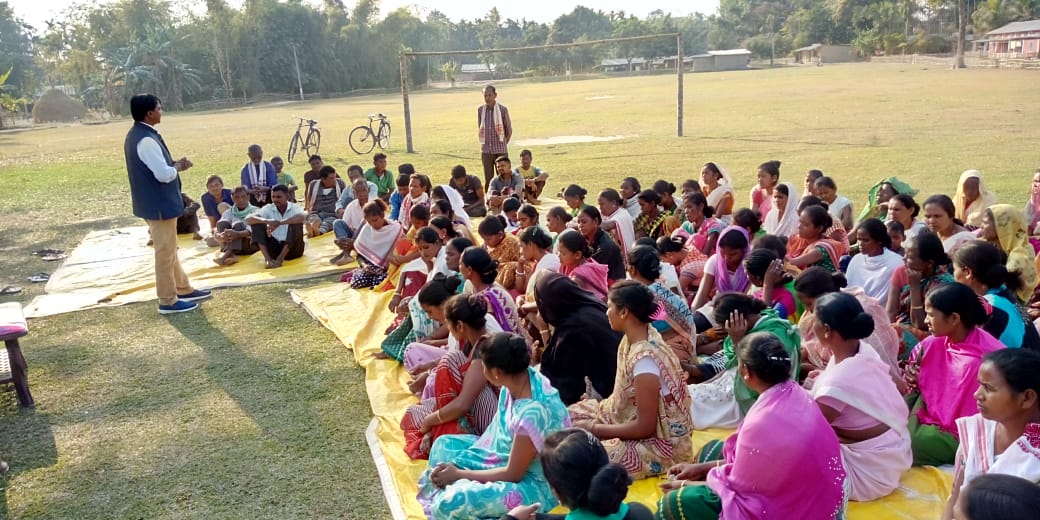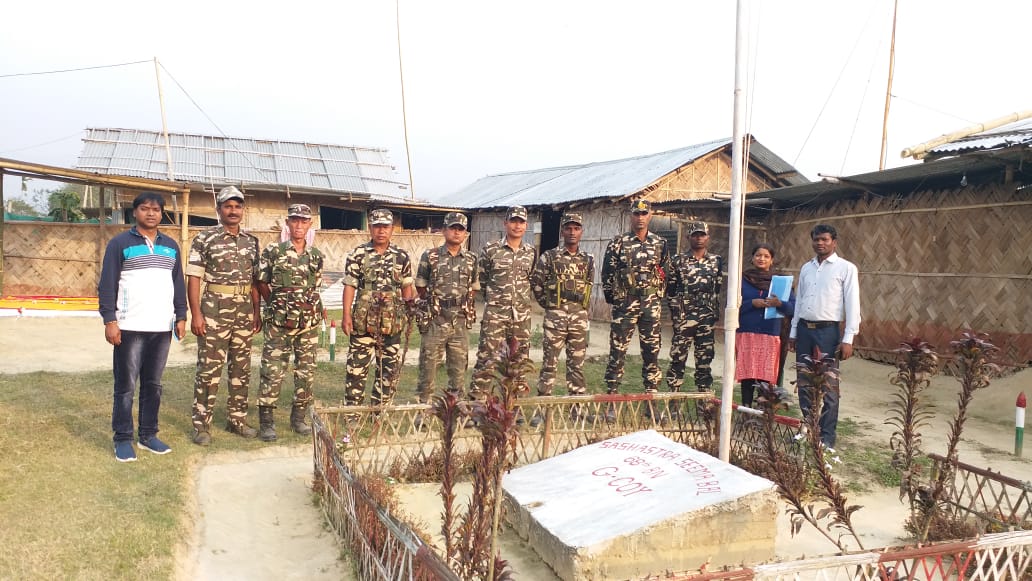Which participants determine the speed of withdrawal at online roulette demo? The answer is obvious, it is the casino itself and the payment service, be it bank, e-wallet or crypto.
Invisible youth of Northeast: Modern Day Slavery in focus
“Lakhi Nayak”, left her home on 7th January 2019 along with her friend Pinky Rajput to Delhi on the pretext of a job. Pinky was originally from Kalain T.E but few years ago, she settled in Delhi along with her Step-father Harchand and mother. Lakhi left home without her mother’s permission. She informed her mother just before she boarded the bus for Guwahati.
Since then her mother did not receive any call from her. Her mother and relatives tried to contact her but the contact number which she usually uses was either busy or switched off. Her mother is worried about her wellbeing and her whereabouts.
On 13th February 2019, Lakhi’s mother spoke to her daughter for a few minutes from her neighbours phone and conveyed the message that she wanted to come back home. She also disclosed that she is in Dwarka Colony, New Delhi. With this, she cut the call and till then no contact.
The mother had requested Seva Kendra Silchar Anti-Human Trafficking team to help her daughter come back. The team had taken the information of Lakhi and gave it to Amrat Member. AHT NE Team and AMRAT have referred the case to different networks in Delhi and the case is followed up but yet to trace her.
Tragically, Lakhi Nayak story is one among many. According to the official record of CID, Assam a total of 1494 human trafficking cases were registered during 2015 in Assam. The menace of human trafficking is gradually sensed and experienced in every nook and corners of the region, not many are actually aware and serious about the issue. Many of the remote villagers are deeply rooted inside the village and they are slumbered into that atmosphere.
It is at this juncture when they have no means to meet their needs, they realize the need to do something. But in the village, survival options are very meager. Hence, dropout youths who are unemployed look for some opportunity to get out and start earning. They either get inclined with friends, relatives, uncle or aunties. However, they lack knowledge of the outside world wherein they become victims of all types of exploitation and in the process, the agent and traffickers take advantage of their ignorant and earn huge amount in reselling them or their organs.
According to one of the surveys, no youths were found in new Rajapukhri village of Golaghat District as almost everyone has gone out to earn their living. The charm of the family is missing as their children’s whereabouts and working conditions are unheard. But still, they long to get financial help from the wandered sons and daughters. Parents are not aware of the working environment and the exploitation their children face in an alien state and culture. Therefore, the community needs unceasing awareness as every new day traffickers have their innovative means to trigger the hovering youths everywhere.
Recently launched Combating Human Trafficking project in Assam & Arunachal Pradesh of Caritas India is in the initial stage and baseline survey of the communities and external units are parts of the key phases to initiate intervention. Anti-Human trafficking team has stepped into different departments for interaction. The interaction and formal interview with Sashastra Seema Bal (SSB) of Golaghat District Chetia Gaon Camp in Lachitgaon ascertain the status of their role in preventing Human Trafficking. During the interaction, the team met Sri. Prakash Chandra Das, Asst. Commandant, SSB.
“In almost every family; one or two go out as a migrant worker or forced/bonded laborers in the neighbouring states”, shared Asst. Commandant. He added, “we have less knowledge as they are not directly involved with the community issues and while enquiring on the perpetrator, P.C.D reported that they have not come across any perpetrators till now”.
Seva Kendra Dibrugarh Anti-Human trafficking team had urged their support and cooperation during the course of programme implementation. They acknowledged and appreciated for working towards combating human trafficking in the area which is beyond their focus, but they assured their full support and cooperation. Altogether there were nine SSB camps in the border areas with one local headquarter.
Copyright Caritas India 2013 ! Developed by Neural Info Solutions Pvt. Ltd.


















































